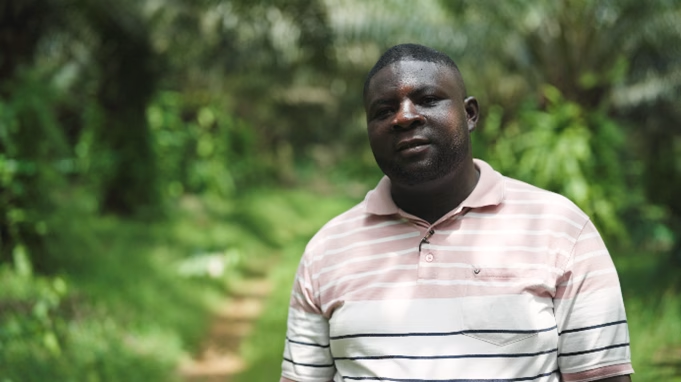Interest payments on long-term debt in sub-Saharan Africa surged nearly sevenfold between 2010 and 2023, reaching $26 billion, according to the World Bank. The sharp rise coincided with the region’s foreign borrowing doubling to $864 billion. Countries like Mozambique and Senegal were particularly affected by the debt pressure, which has left some nations allocating more to debt servicing than essential sectors such as health care and education. While China remains a significant creditor and has been criticized for its lending practices, the report highlights that multilateral institutions like the World Bank and IMF are also key lenders to African nations. The escalating debt crisis underscores the need for sustainable borrowing practices to balance development goals with manageable repayment obligations.
Source: SEMAFOR











